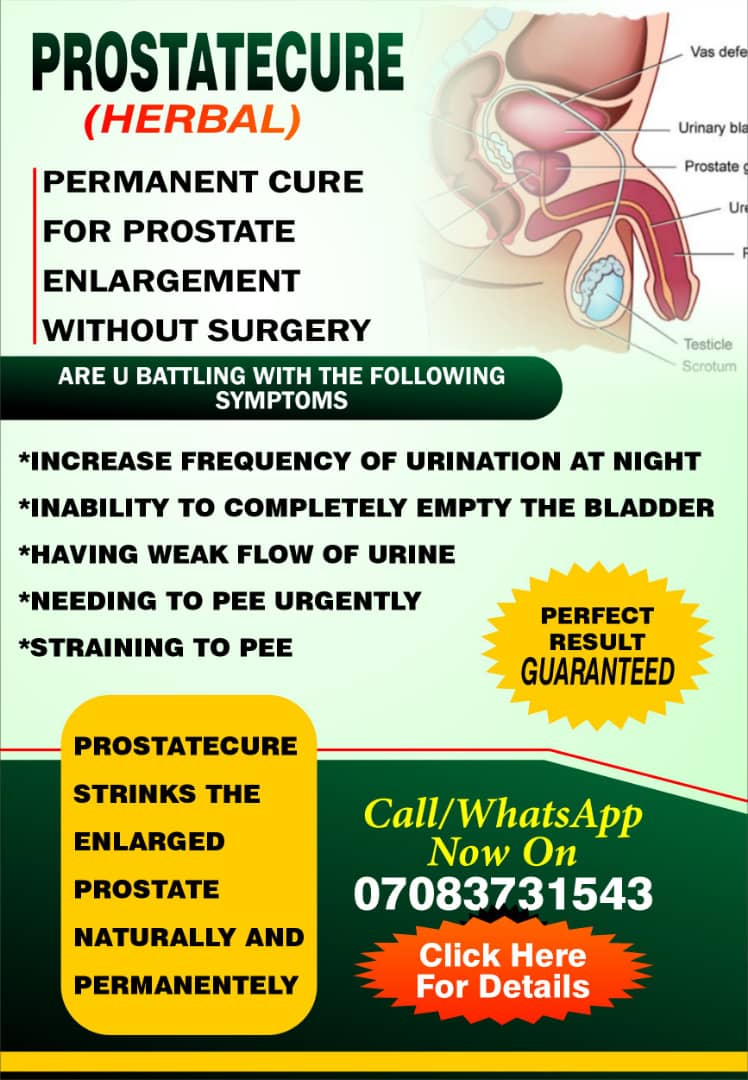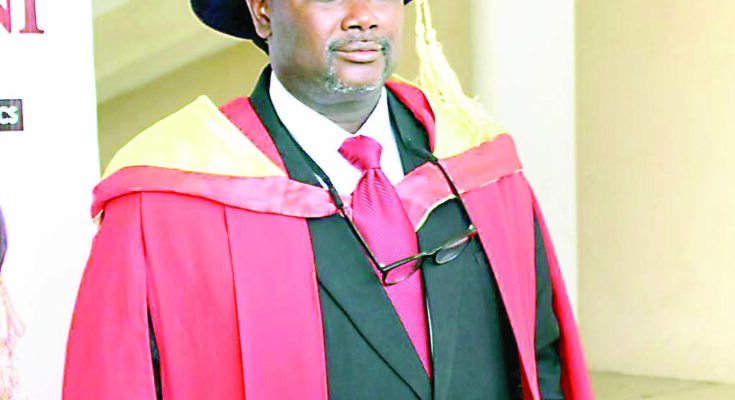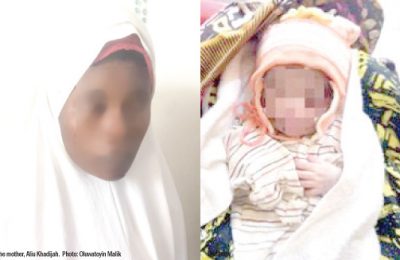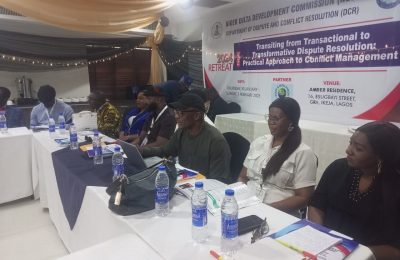
Michael Olatunde Oni is a Professor of Radiation and Health Physics and former dean, Faculty of Pure and Applied Sciences, Ladoke Akintola University of Technology, Ogbomoso, Oyo State. In this interview by SADE OGUNTOLA, he speaks on what Nigeria can do to ensure access to cheap cancer treatment.
Y OU are offering a new perspective in cancer treatment. Can you expatiate on this new treatment modality?

Cancer is a global disease that requires a more radical approach than being offered in Africa generally, and Nigeria in particular. In many developed countries classified as having high Human Development Index, since the beginning of the 21st century, there has been a considerable progress in cancer treatment such that many cancers have become curable. Records have it that of the 76 million cancer deaths that occur globally every year, 63 percent are from developing countries, inclusive of Africa.
A convincing reason for the cancer treatment success story in developed countries is the unending effort to improve on existing facilities and techniques of treatment which has progressed, for Radiotherapy (RT), from 2D to 3D obtainable in 1990; Stereotactic RT, Intensity Modulated RT, Image Guided RT, in 2000 and Volumetric Modulated Arc Therapy, Tomotherapy, Cyberknife, LINAC MR, and Ion Beam Therapy, in 2020 – all to ensure a maximum radiation dose sufficient enough to kill cancer cells and low enough to spare the organs at risk (OAR).
It’s thus unfortunate that in Nigeria, like other African countries, cancer treatment with dose conformation to imaged anatomic target in 3D/4D Radiotherapy and OAR sparing is still very scarce. This is because the available treatment machine is still largely in the 2D and 3D scale of the 1990, except for very few private medical facilities.
It should be noted that among the major cancer treatment modalities, radiation therapy remains an important component with approximately 50 percent of all cancer patients receiving radiation therapy during their course of illness and that RT contributes towards 40 percent of curative treatment for cancer.
Across the world, inadequate RT centres shows that there is scarce treatment facilities in Lower and Middle Income Countries (LMICs) like Nigeria and other sub-Saharan African nations.
One of the reasons for this limited RT resources is the cost of purchase and maintenance of the treatment machines and associated software. The software for the treatment planning is proprietary and locked. The modality I am thus proposing is to integrate and or adopt the capability of open access Monte Carlo (MC) simulation packages that have been tested and benchmarked for medical imaging, external and internal RT as well as for treatment follow-up and radioprotection. They can be adopted when the existing planning software is down or when there is none. They can assist to bridge the gap by enhancing early detection and facilitating remote treatment via shared treatment facilities, thereby making the treatment reachable at very low cost.
Will this option be applicable to all cancer types given that the mode of treatment is sometimes dependent on the cancer site and cancer stage?
Yes, this option, if adopted and harnessed, is capable of offering early detection of all cancer types, imaging and dose planning, treatment simulation with integrated Quality Control, Assessment and Assurance, for external and internal RT.
What is the difference between this proposed option and the modes of cancer treatment like radiotherapy and chemotherapy?
This option is not replacing radiotherapy or chemotherapy. It is to make radiotherapy more accessible and affordable, and if the early detection mode of it is harnessed and used effectively, early and self-detection of tumour is possible with this option knowing full well that if cancer is detected early enough, it is curable.
Power, cost of the machine and manpower are sometimes a challenge for adoption of new technology in many developing countries. Will this not be the case with this option you believe can be adopted in Nigeria?
All the factors you enumerated are part of the challenges Nigeria and other LMICs are currently facing regarding cancer detection and treatment. Adopting the open access MC simulation technology, because it is mobile and can be cloud-based, makes it not dependent on local power provision and because it is open access makes its use very flexible and low-cost.
There has been a considerable progress towards the treatment and understanding of cancer, and so many cancers are curable in countries with high human development index. What should be done differently in Nigeria to ensure that many cancers are also curable?
Nigeria should face cancer treatment radically. Increase treatment centres and equip them with recent treatment machines and software. Adopt open access technology and support the teaching, learning and research of open access technology for detecting and treating cancer. Provide encouragement for the practitioners in the clinic and researchers so as to prevent brain drain in this special area. All the tiers of government in the country should be active players. If each local government area provides facilities and support for cancer research, early detection, and treatment, as done during COVID-19 pandemic, I am very optimistic that the success story about cancer treatment will increase.
Aside from cost, what other advantages does this option for cancer care have over other treatment modalities?
As I have already mentioned, this option is open access, meaning that there is no licence or lock-up of any section of the package, unlike most of the existing treatment packages where the manufacturers do not allow even simple troubleshooting of faults when the equipment is down. Note it that for many reasons, the existing treatment machines, despite not being evenly spread, are also experiencing frequent breakdowns, making it inaccessible for months or years in some cases due to unavailability of manufacturer’s approved technicians within reach. Many health facilities can have a network of cancer care practitioners sharing ideas on the treatment plans, embark on simulation of the treatment, simulate the effect of the treatment on normal cells of OAR, share physical treatment machines and predict the eventual outcome of the treatment, using the high accuracy and precision of the algorithm with which the MC packages are built.
Can you critically review the quality of cancer care in Nigeria and how this option will end up impacting it positively?
Using the yardstick that radiotherapy alone takes 50 percent of cancer treatment while other seven modalities share the remaining 50 percent, and that the quality of the radiotherapy machines commonly available in Nigeria falls below the 21st century expectation of treatment with dose conformation to imaged anatomic target in 3D/4 and OAR sparing, by my review, I can confidently say that the quality of cancer care in Nigeria is low and requires radical integration of open access packages that all players, imaging scientists, computational scientists, physicists and oncologists can easily make use of without bounds for sharing of ideas, knowledge and resources to enhance quality of treatment at low cost.








